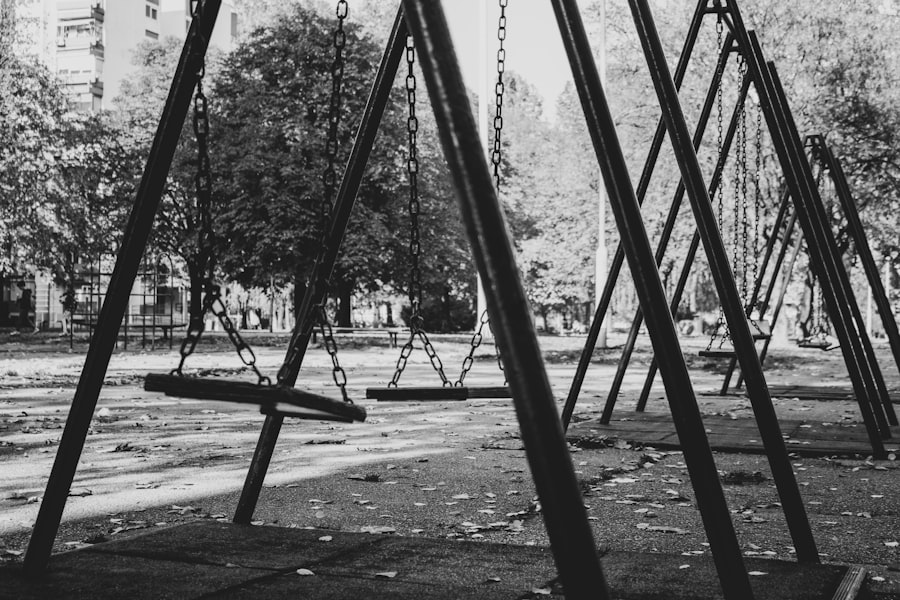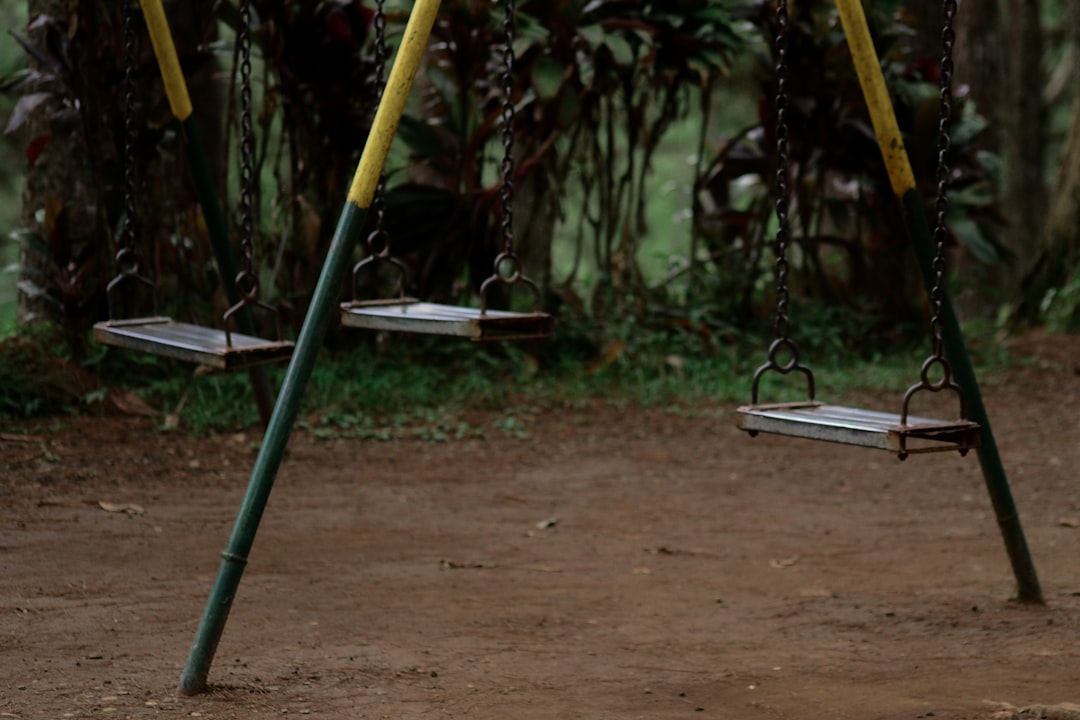Loss of enjoyment, often referred to in psychological contexts as anhedonia, is a complex phenomenon that can significantly impact an individual’s quality of life. It is characterized by a diminished interest or pleasure in activities that were once enjoyable or fulfilling. This condition can manifest in various ways, from a lack of enthusiasm for hobbies and social interactions to a general sense of apathy towards life itself.
Understanding this loss is crucial, as it can be a symptom of underlying mental health issues such as depression, anxiety, or chronic stress. The experience of losing enjoyment is not merely a fleeting feeling; it can be pervasive and long-lasting. Individuals may find themselves withdrawing from social engagements, neglecting personal interests, or feeling emotionally numb.
This detachment can create a vicious cycle, where the absence of joy leads to further isolation and despair. Recognizing that this loss is not a personal failing but rather a symptom of deeper emotional or psychological struggles is essential for those affected.
Key Takeaways
- Loss of enjoyment is a common experience that can result from various life challenges and changes.
- Signs of loss of enjoyment may include lack of interest in activities, feelings of emptiness, and difficulty experiencing pleasure.
- Coping strategies for loss of enjoyment may include seeking professional help, engaging in self-care activities, and finding new hobbies or interests.
- Seeking support from friends, family, or support groups can help individuals navigate through the challenges of loss of enjoyment.
- Rediscovering joy in life involves exploring new experiences, setting realistic expectations, and finding meaning and purpose in everyday activities.
Recognizing the Signs of Loss of Enjoyment
Identifying the signs of loss of enjoyment can be challenging, especially since they often develop gradually and may be mistaken for simple fatigue or stress. One of the most telling indicators is a noticeable decline in motivation to engage in activities that were previously enjoyable. For instance, someone who once relished painting may find themselves staring at their supplies without the desire to create.
Similarly, social gatherings that once sparked excitement may now feel like burdensome obligations. Other signs include changes in emotional responses and physical sensations. Individuals may experience heightened irritability or sadness when confronted with activities they used to love.
Additionally, there may be a sense of emptiness or disconnection from one’s surroundings. This emotional numbness can extend to relationships, where individuals feel unable to connect with friends or family members, leading to further isolation. Recognizing these signs early on is crucial for addressing the underlying issues and seeking appropriate support.
Coping Strategies for Loss of Enjoyment

Coping with loss of enjoyment requires a multifaceted approach that addresses both emotional and practical aspects of life. One effective strategy is to reintroduce activities gradually, even if the initial motivation is lacking. This could mean setting small, achievable goals related to hobbies or social interactions.
For example, if someone used to enjoy gardening but has lost interest, they might start by tending to just one plant or spending a few minutes outside each day. This incremental approach can help rekindle interest without overwhelming the individual. Another valuable coping mechanism is mindfulness and self-reflection.
Engaging in mindfulness practices such as meditation or journaling can help individuals reconnect with their feelings and thoughts. By taking time to reflect on what once brought joy, individuals can begin to identify the barriers that have led to their current state. This process not only fosters self-awareness but also encourages individuals to explore new interests or revisit old ones with a fresh perspective.
Seeking Support for Loss of Enjoyment
| Support Type | Percentage |
|---|---|
| Family and Friends | 45% |
| Therapy/Counseling | 30% |
| Support Groups | 15% |
| Self-Help Resources | 10% |
Seeking support is a critical step in addressing loss of enjoyment, as it can provide individuals with the necessary tools and encouragement to navigate their feelings. This support can come from various sources, including friends, family, or mental health professionals.
Friends and family members may offer insights or share their own experiences, creating a sense of community and understanding. Professional support can also be invaluable, particularly when loss of enjoyment is linked to mental health conditions such as depression or anxiety. Therapists and counselors can provide coping strategies tailored to individual needs and help explore underlying issues contributing to the loss of joy.
Cognitive-behavioral therapy (CBT), for instance, has been shown to be effective in addressing negative thought patterns that may exacerbate feelings of apathy. By working with a professional, individuals can develop healthier coping mechanisms and regain a sense of agency over their lives.
Rediscovering Joy in Life
Rediscovering joy often requires a proactive approach that involves exploration and experimentation. Individuals may benefit from trying new activities or revisiting old passions with an open mind. For example, someone who once loved dancing might consider taking a class in a different style or attending social dance events to reignite their passion for movement.
The key is to remain open to new experiences without the pressure of achieving perfection or immediate enjoyment. Additionally, cultivating gratitude can play a significant role in rediscovering joy. Keeping a gratitude journal where one notes daily moments of appreciation—no matter how small—can shift focus from what is lacking to what is present in life.
This practice encourages individuals to recognize positive aspects of their daily experiences, fostering a more optimistic outlook over time. By actively seeking out moments of joy and acknowledging them, individuals can gradually rebuild their capacity for enjoyment.
Setting Realistic Expectations

Embracing Realistic Expectations
When grappling with loss of enjoyment, it is essential to set realistic expectations for oneself. The journey toward rediscovering joy is not linear; it often involves ups and downs that can be frustrating and disheartening. Acknowledging that progress may be slow and that setbacks are part of the process can help alleviate pressure and foster resilience.
Focusing on Small Steps Forward
Instead of aiming for an immediate return to previous levels of happiness, individuals should focus on small steps forward. Moreover, it’s important to recognize that not every activity will bring immediate joy or satisfaction. Some days may feel more challenging than others, and that’s perfectly normal.
Cultivating Self-Compassion
By allowing oneself the grace to experience these fluctuations without judgment, individuals can create a more compassionate internal dialogue. This shift in mindset can lead to greater acceptance of one’s current state while fostering hope for future enjoyment.
Practicing Self-Care in the Face of Loss of Enjoyment
Self-care becomes particularly vital when dealing with loss of enjoyment, as it provides individuals with the tools needed to nurture their well-being during difficult times. Engaging in regular physical activity, even in small doses, can have profound effects on mood and energy levels. Exercise releases endorphins—natural mood lifters—that can help counteract feelings of apathy and sadness.
In addition to physical activity, prioritizing rest and relaxation is crucial for mental health. Individuals should allow themselves time to recharge without guilt or pressure to be productive. Activities such as reading, taking long baths, or simply enjoying nature can provide much-needed respite from daily stressors.
By incorporating self-care practices into their routines, individuals can create a supportive environment that fosters healing and encourages the gradual return of joy.
Finding Meaning and Purpose after Loss of Enjoyment
Finding meaning and purpose after experiencing loss of enjoyment often involves introspection and exploration of personal values and passions. Individuals may benefit from engaging in volunteer work or community service as a way to connect with others while contributing positively to society. Such activities not only provide a sense of fulfillment but also foster connections with like-minded individuals who share similar values.
Additionally, pursuing new interests or educational opportunities can reignite passion and curiosity about life. Whether it’s taking up a new hobby, enrolling in classes, or exploring creative outlets like writing or art, these pursuits can help individuals rediscover aspects of themselves that may have been overshadowed by feelings of apathy. By actively seeking out meaning and purpose in various forms, individuals can gradually rebuild their sense of joy and fulfillment in life.
In summary, navigating the complexities of loss of enjoyment requires understanding its nuances, recognizing its signs, employing coping strategies, seeking support, rediscovering joy through exploration, setting realistic expectations, practicing self-care, and ultimately finding meaning and purpose in life again. Each step taken towards addressing this loss contributes to a richer understanding of oneself and paves the way for renewed engagement with life’s pleasures.
FAQs
What is loss of enjoyment of life?
Loss of enjoyment of life refers to the decrease in the ability to participate in activities or experiences that once brought pleasure and fulfillment due to a physical or emotional injury.
What are the causes of loss of enjoyment of life?
Loss of enjoyment of life can be caused by a variety of factors, including physical injuries, chronic pain, mental health issues, disabilities, and traumatic experiences.
How does loss of enjoyment of life affect individuals?
Loss of enjoyment of life can have a significant impact on an individual’s overall well-being, leading to feelings of frustration, sadness, and a decreased quality of life. It can also affect relationships, work, and daily activities.
What are some common symptoms of loss of enjoyment of life?
Common symptoms of loss of enjoyment of life may include a lack of interest in activities, social withdrawal, feelings of hopelessness, irritability, and difficulty experiencing pleasure.
How is loss of enjoyment of life treated?
Treatment for loss of enjoyment of life may involve a combination of therapy, medication, lifestyle changes, and support from healthcare professionals and loved ones. It is important to seek help from a qualified mental health professional.
Can loss of enjoyment of life be compensated in legal cases?
In some legal cases, loss of enjoyment of life may be considered as a factor in determining compensation for damages, particularly in personal injury cases where the individual’s ability to enjoy life has been significantly impacted.

